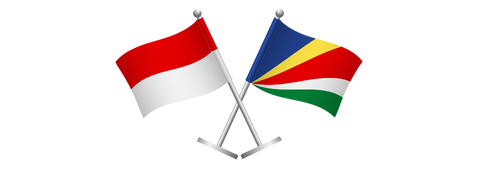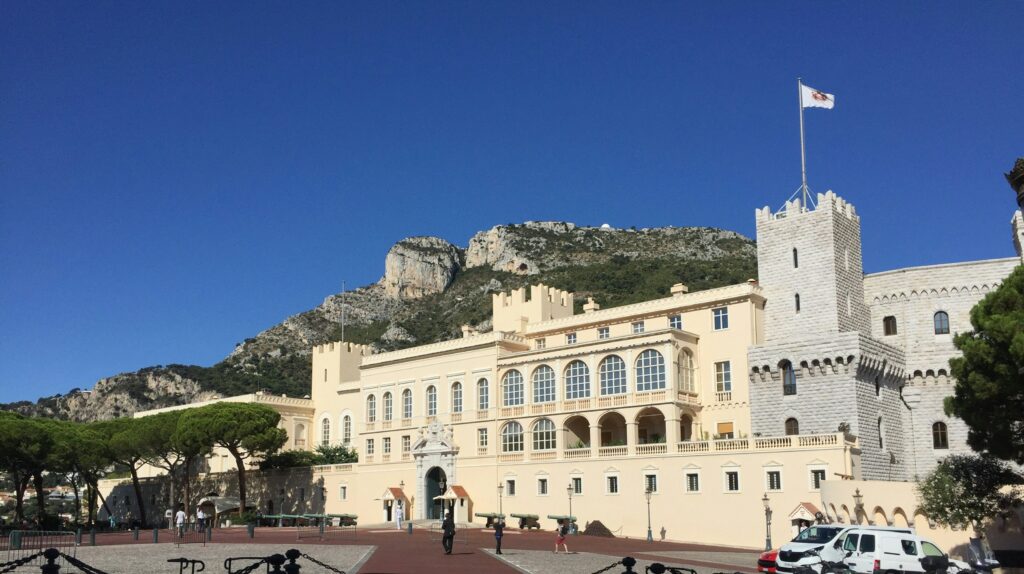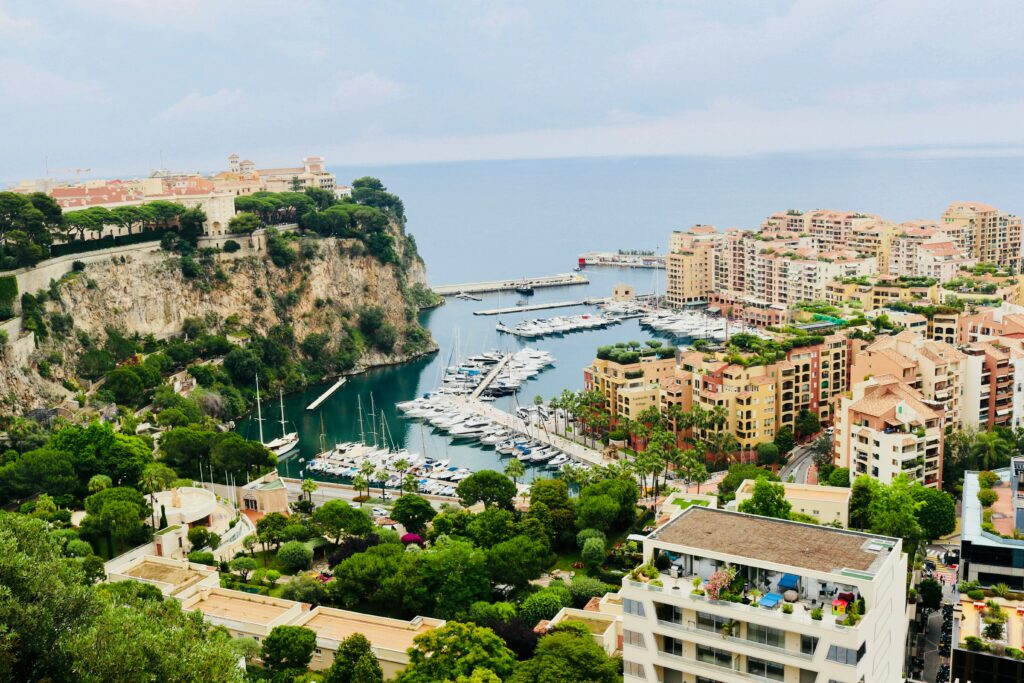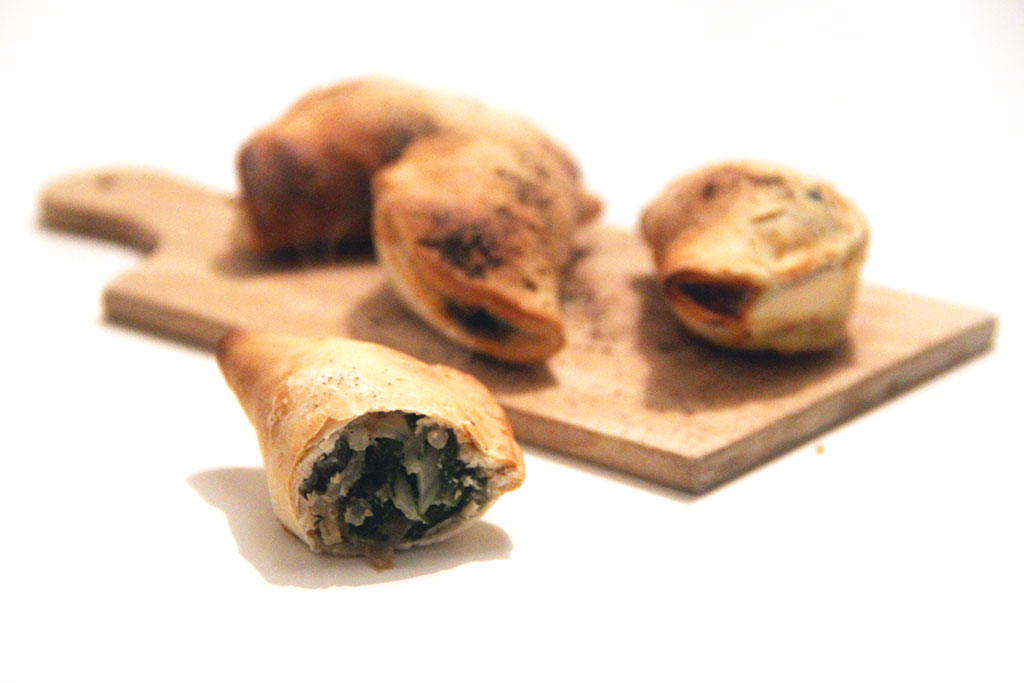Monaco Principality
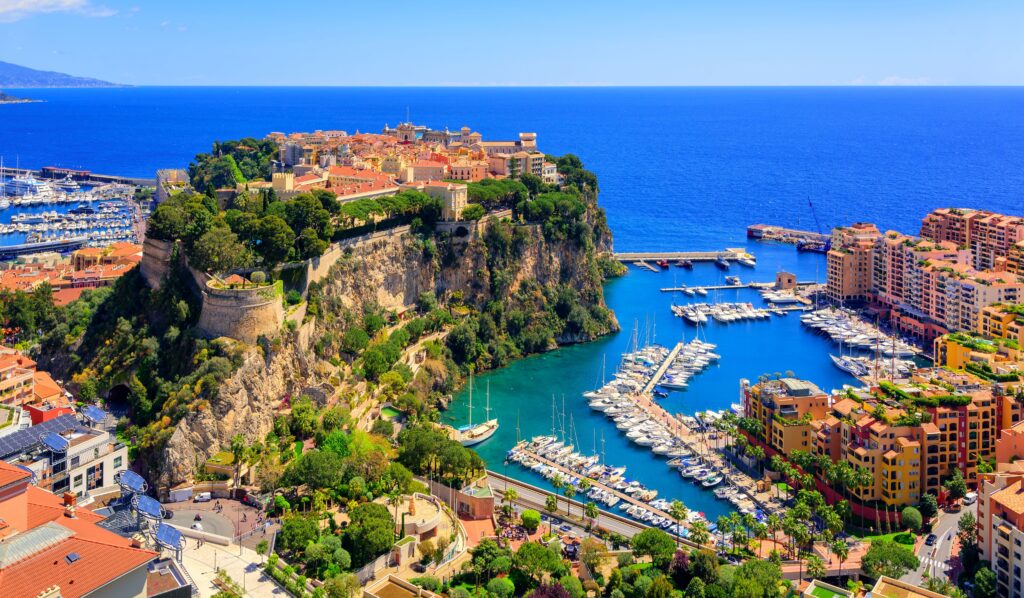
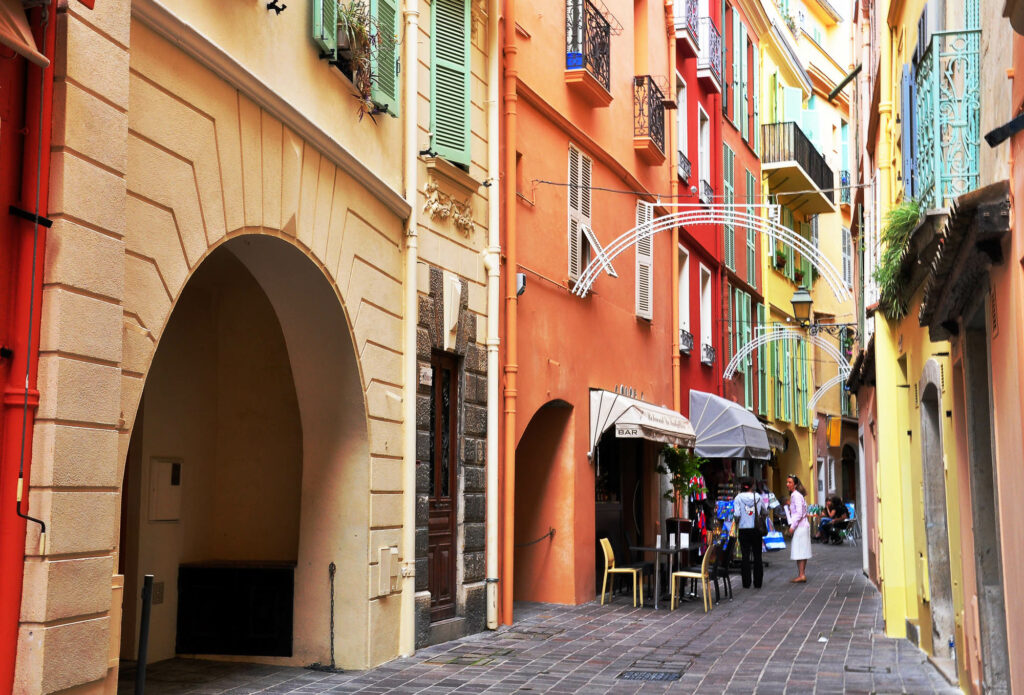
An independent Sovereign state
Nestled along the shores of the Mediterranean, the Principality of Monaco covers an area of 2.02 km². Renowned worldwide for its picturesque panoramas, its mild climate, as well as its undeniable appeal for luxury, fashion, culture and sport, Monaco is among the most popular destinations in the world.
Discover Monaco

At the beginning
Dating back to around 300,000 BC, the first traces of life in Monaco bear witness to a rich history.
The Ligurians were the first inhabitants, followed by the Greeks of Marseille who founded Monoïkos in the 6th century BC. Under Roman control after the Gallic Wars, Monaco is associated with Hercules and becomes a strategic point. The Middle Ages saw Monaco under Roman, then Saracen, domination before its reoccupation by the Ligurians.
Monaco became a Genoese sovereignty in 1191, but in 1215 the Ghibellines built a fortress on the rock, beginning the modern history of Monaco. The strategic fortress attracted inhabitants, exempt from taxes and offered land, marking the beginning of Monaco’s contemporary population.

The Grimaldi reign
Monaco has been under the uninterrupted rule of the Grimaldi dynasty since January 8, 1297, when François Grimaldi, known as Malizia (Malice), captured the fortress by disguising himself as a Franciscan monk. The monks holding a sword on the coat of arms of the principality recall this origin.
The authority of the Grimaldi was officially recognized in 1314 and persists to the present day, with the exception of the period from 1793-1814, when Monaco was integrated into France under the name of Fort-Hercule. Placed under the protectorate of the Kingdom of Sardinia by the Congress of Vienna until 1860, Monaco ensured its sovereignty in 1861 thanks to a Franco-Monegasque treaty.
The Prince of Monaco exercised absolute power until the adoption of the 1911 constitution, transforming the country into a constitutional monarchy. In July 1918, a limited protection treaty was signed between Monaco and France, establishing that the small state would align its political, military and economic interests with those of France, in accordance with the Treaty of Versailles.
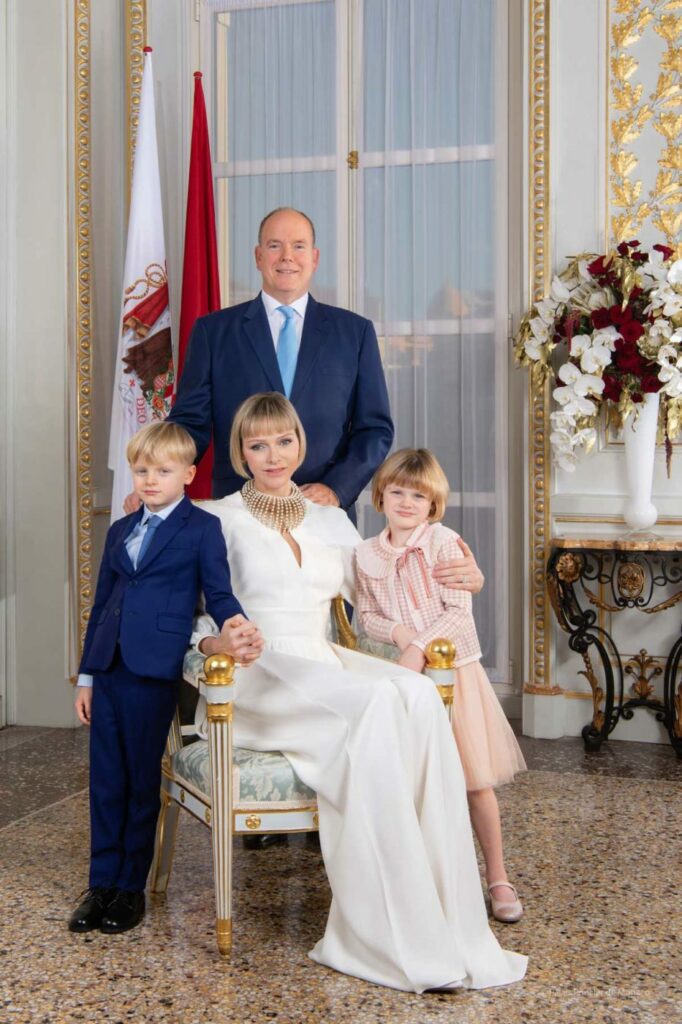
Today
In 1949, Prince Rainier III ascended the throne after the death of his grandfather. A new constitution, drafted in 1962, abolished the death penalty, granted women the right to vote and established a supreme court guaranteeing fundamental freedoms.
The Principality was mourned in 1982 by the tragic disappearance of Princess Grace of Monaco, wife of Rainier III and mother of the current Prince Albert II of Monaco.
In 1993, Monaco became a member of the United Nations, and in 2004, after negotiations and adjustments to the electoral law, the principality joined the Council of Europe, guaranteeing systematic representation of the opposition in the national council through a mode of proportional voting.
On the death of Prince Rainier III on April 6, 2005, his son Albert II, until then hereditary prince and Marquis of Baux, became Sovereign Prince. The advent ceremonies took place on July 12, 2005, and his official enthronement took place on November 19, 2005, which has since become the Monegasque national holiday.

Climate
Monaco, the second smallest country in the world with an area of just over 2 km², is a city-state nestled on the French Riviera. Landlocked between the Mediterranean Sea and the mountains of the Southern Alps, Monaco enjoys a humid Mediterranean and subtropical climate, characterized by mild, humid winters and hot, sunny summers.
Thanks to its Mediterranean climate, Monaco guarantees constant sunshine throughout the year, with the months of May, June and September being particularly mild and offering increased tranquility compared to the warmer months.

Temperatures
The late autumn, winter and early spring periods are less recommended for travel, despite maximum temperatures easily reaching 14°C in January, with minimums of 5°C. From November to March, there is less sunshine, making visits less pleasant, and the months of October and November are the rainiest. In contrast, from May to September, during late spring, summer and early autumn, temperatures peak in July and August, averaging 28°C. June, July, August and September are ideal for enjoying the beaches, with water temperatures ranging between 20°C and 24°C for the warmer months. Although July and August are the busiest, May, June and September offer a pleasant experience with temperatures between 21°C and 25°C, combining moderate heat and sunshine.
